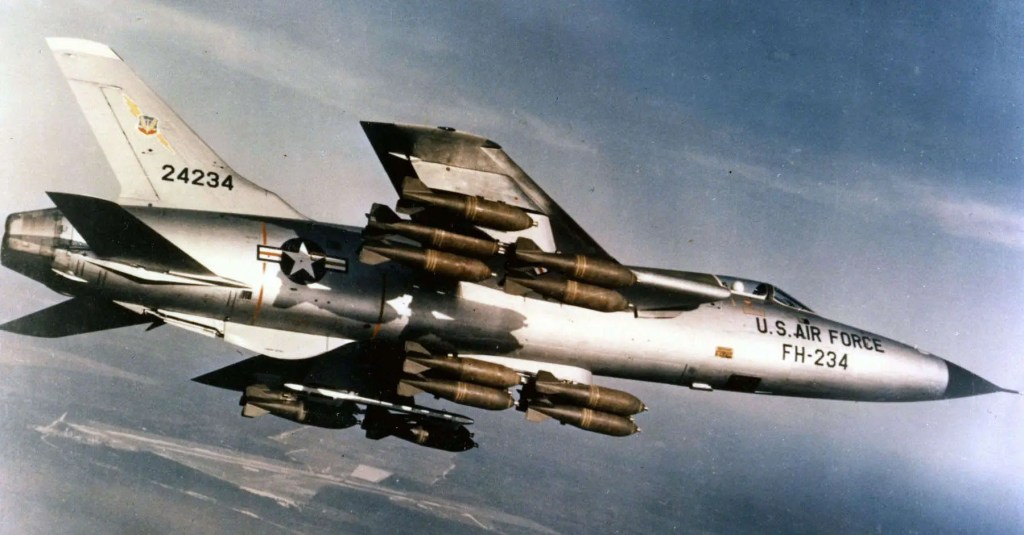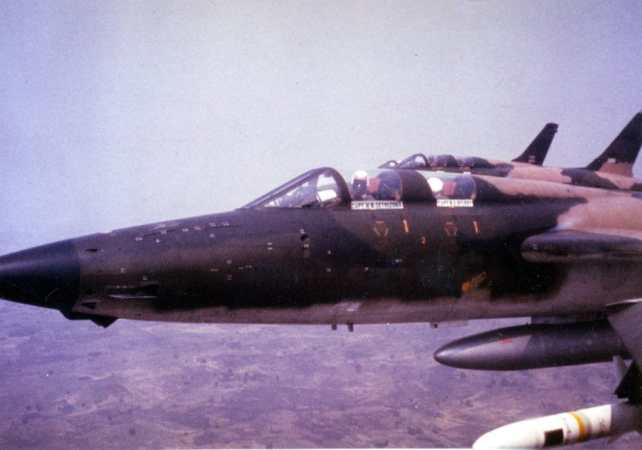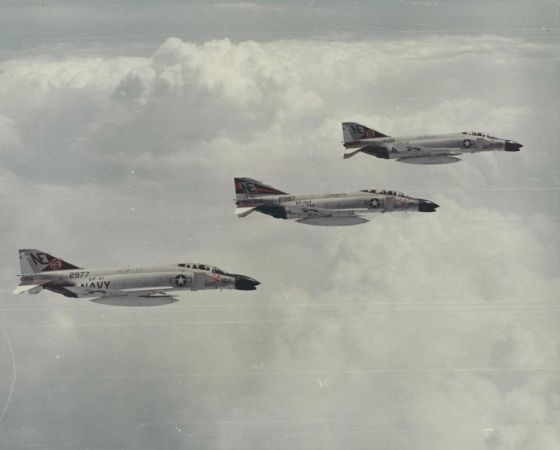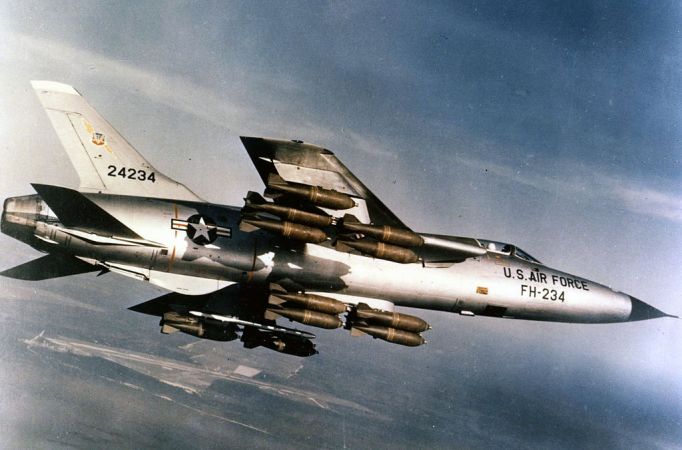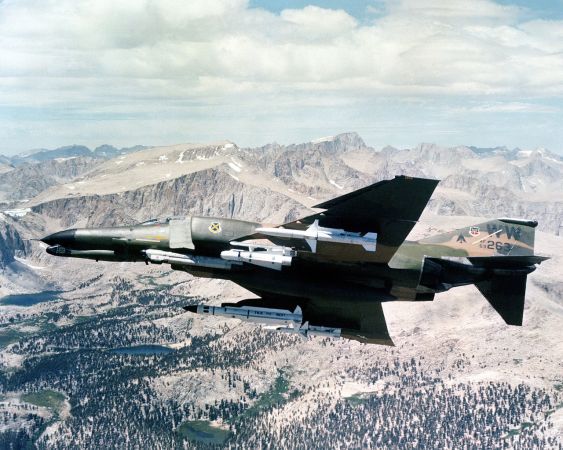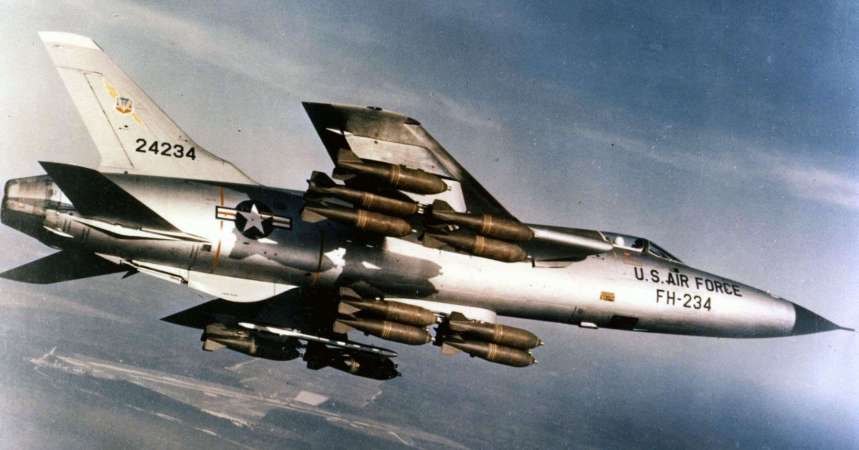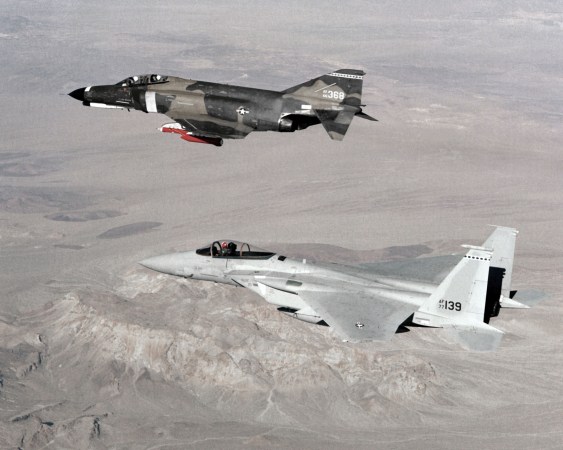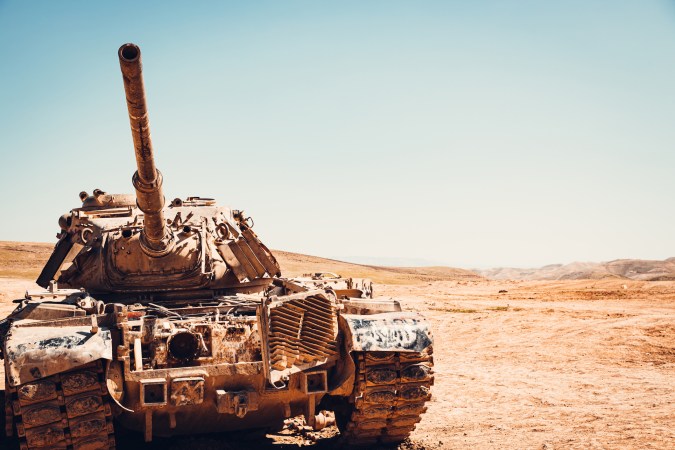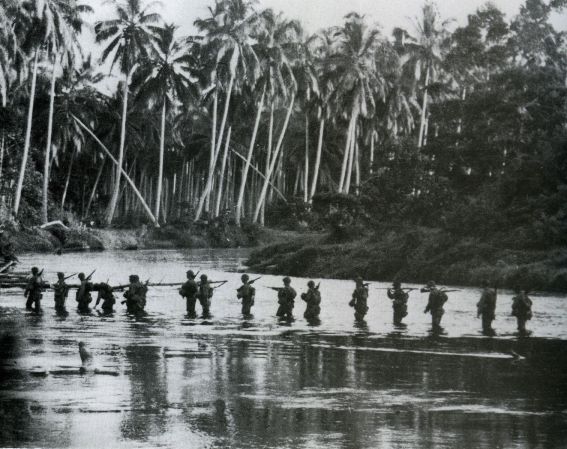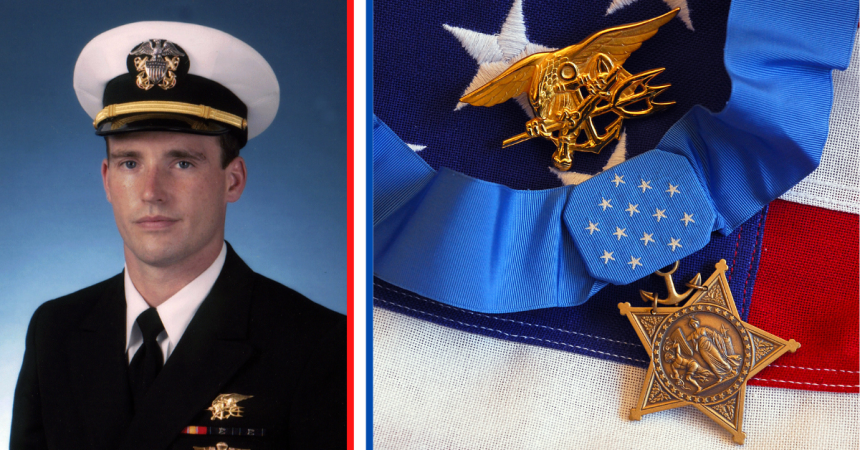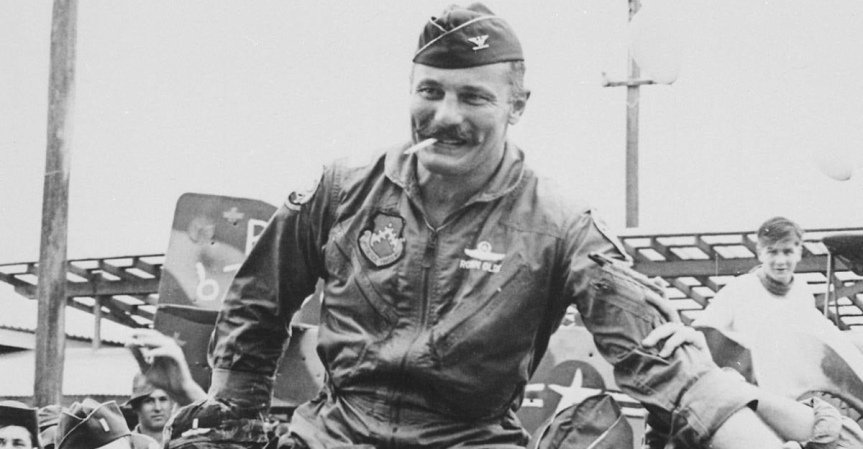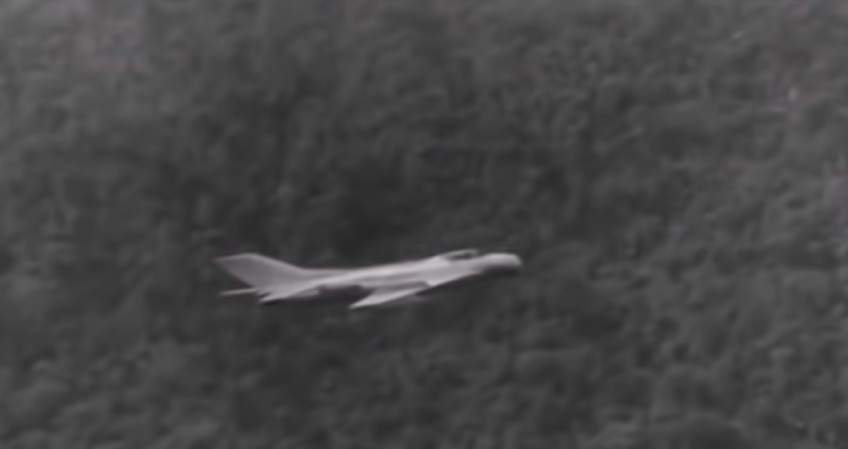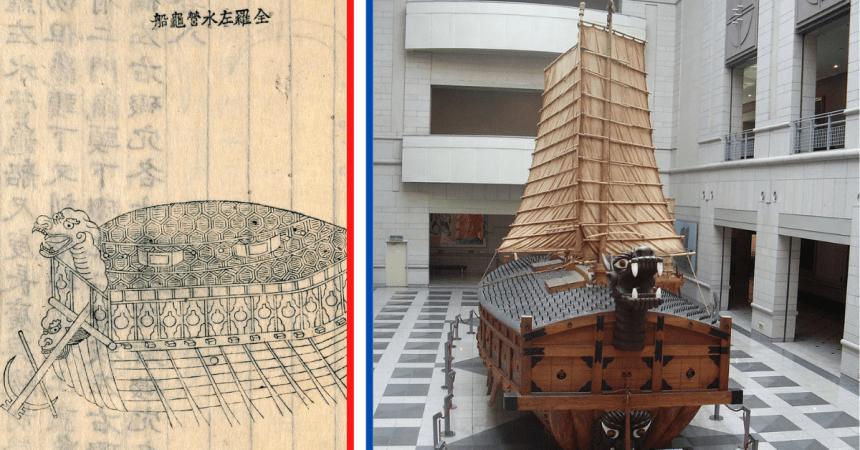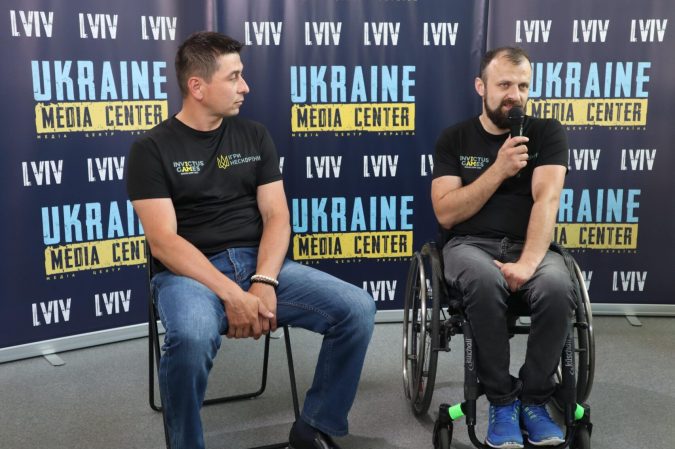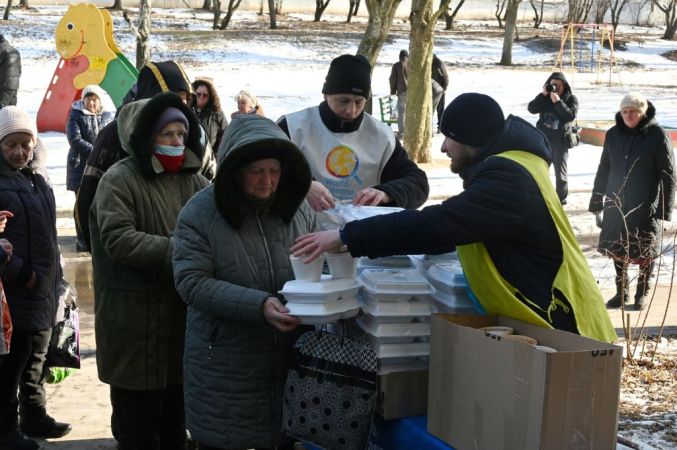During the Vietnam War, the Republic F-105 Thunderchief — affectionately known as the “Thud” — was one of the U.S. Air Force’s primary strike aircraft. But amidst mounting losses from North Vietnamese surface-to-air missiles and anti-aircraft artillery, the Thud took on a new role — the Wild Weasel.
The Wild Weasels of the United States Air Force were some of the most courageous pilots in Vietnam. In a deadly game of cat and mouse, they flew fighter jets like the F-100, F-105 and F-4s deep into hostile airspace to coax the enemy into opening fire with their surface-to-air missiles. Once the Weasels located the site, other fighter bombers were called in to destroy the installations. In this episode of Warriors in their Own Words, Jerry Hoblit, Bill Sparks, Mike Gilroy and Tom Wilson tell dramatic stories of their days as Wild Weasels.
A history of the Wild Weasels
The F-105 was originally conceived as a single-seat, tactical nuclear strike-fighter. In the early days of the war, these single-seat variants, F-105D’s, flew strike missions with Combat Air Patrol provided by F-100s to defend against MiG fighters.
However, during Operation Rolling Thunder in 1965, North Vietnamese air defenses improved with the addition of Soviet-made SA-2 Guideline missiles.
As American losses mounted from North Vietnamese SAMs and AAA, the decision was made to employ specialized F-100F two-seat fighters in a suppression role code-named “Wild Weasel.”
When the idea of flying directly into enemy air defenses was first briefed to the men flying the mission, an Electronic Warfare Officer gave the Wild Weasels their first motto by exclaiming,
“You gotta be sh*ttin’ me!”
After heavy losses in just seven weeks, it quickly became apparent that the F-100 was an insufficient aircraft to carry out the missions. The first Wild Weasel unit flying F-100’s was declared combat ineffective.
As luck would have it, Republic had produced two-seat trainer variants of the F-105 shortly before the end of the production run in 1964. These were quickly modified as the F-105F and rushed into the Wild Weasel role.
The newest Thud was also equipped to carry the first ever anti-radiation missile, the AGM-45 Shrike. These initial aircraft were designated Wild Weasel II.
Even with the improved F-105F, the tactics often remained the same as with the F-100. Using hunter-killer teams, a Wild Weasel aircraft would guide a flight of Thuds loaded with bombs and rockets to find the SAM sites and destroy them.
The Wild Weasel was essentially the bait.

Using their advanced radars and warning devices — or sometimes good ol’ drawing enemy fire — the Wild Weasels would “ferret out” the SAM sites, which then allowed the Thuds to come in and pulverize the position. This was often accomplished by simply following the missile’s smoke trail back to its launch site.
As the F-105F models were upgraded to G-models, known as Wild Weasel III, the Air Force began to change the tactics employed. The Wild Weasels would fly in ahead of a strike package to clear the area of SAMs, stay over the target during the bombing raid in order to attack any other SAMs or AAA that appeared, and then maintain their position until the bombers left the area, at which time they themselves would head for home as well.
This led to incredibly long, dangerous missions for the Wild Weasel crews–often three to five hours of intense flying in hostile air space. It also led to another motto for the Wild Weasels: “First In, Last Out.”
The Wild Weasel mission was exceedingly dangerous, but there was no shortage of brave, if not slightly crazy, volunteers willing to carry it out. Two Wild Weasel Thud pilots would be awarded the Medal of Honor for their gallantry in the air.
The first was awarded to Maj. Merlyn Dethlefsen for his actions on March 10, 1967.
Dethlefsen was flying number 3 in a Wild Weasel flight codenamed Lincoln assigned to protect a strike package of F-105Ds on a mission to hit the Thai Nguyen steel factory.
As his flight entered the target area, the lead engaged in a duel with a SAM site but was shot down while his wingman, Lincoln 02, was put out of action by flak. This left Dethlefsen and his wingman, Lincoln 04, to deal with the SAMs in the area. As Dethlefsen dove for an attack on the SAM site, he was jumped by two MiG-21 fighters.
Dodging two enemy missiles, he fled for cover in the enemy’s flak zone, betting that his pursuers wouldn’t follow. He again pressed the attack on the SAM and was again driven off by the fighters, his Thud absorbing several 37mm cannon shells.
As the strike package egressed from the area Dethlefsen decided to try one more time to destroy the SAM site. Leading his wingman in, he fired his AGM-45 and destroyed the radar. With the defenses down, the two Thuds pummeled the site with their bomb loads.
For good measure Dethlefsen rolled over and strafed the site with his 20mm cannon.

The second Medal of Honor was awarded to Lt. Col. Leo Thorsness for his actions on April 19, 1967. While leading a Wild Weasel mission of F-105’s, Thorsness and his wingman attacked and destroyed a SAM with missiles. Spotting another SAM, they proceeded to move in and destroy it with their bomb loads.
However, Thorsness’ wingman was shot down in the attack. The two crewmen bailed out and as they descended, Thorsness circled them to provide protection and maintain sight for the inbound rescue crews. As he did this, a MiG-17 approached.
Thorsness quickly responded and blasted the MiG with his 20mm cannon, sending it to the ground. As the rescue crews approached the scene, Thorsness peeled off to refuel; however, hearing of more MiG-17’s in the area, he quickly returned to the fight. Seeing the enemy fighters attempting a wagon wheel maneuver, he drove straight in and raked a MiG as it crossed his path.
Thorsness bugged out on afterburners at low-level to avoid the pursuing fighters. Eventually Thorsness was forced to return to base, almost out of fuel. He put his plane into a “glide” and landed at a forward air base with empty tanks.
Eventually high losses and improving technology would see many F-105’s replaced by the newer F-4 Phantom II in the Wild Weasel and strike roles, though F-105G’s continued to operate as Wild Weasels through the end of the war.


